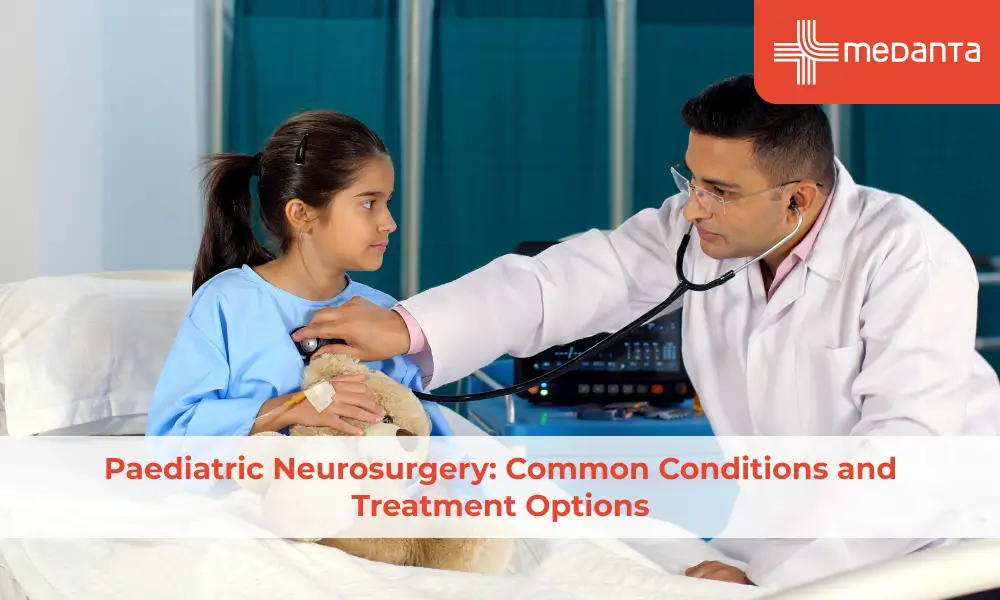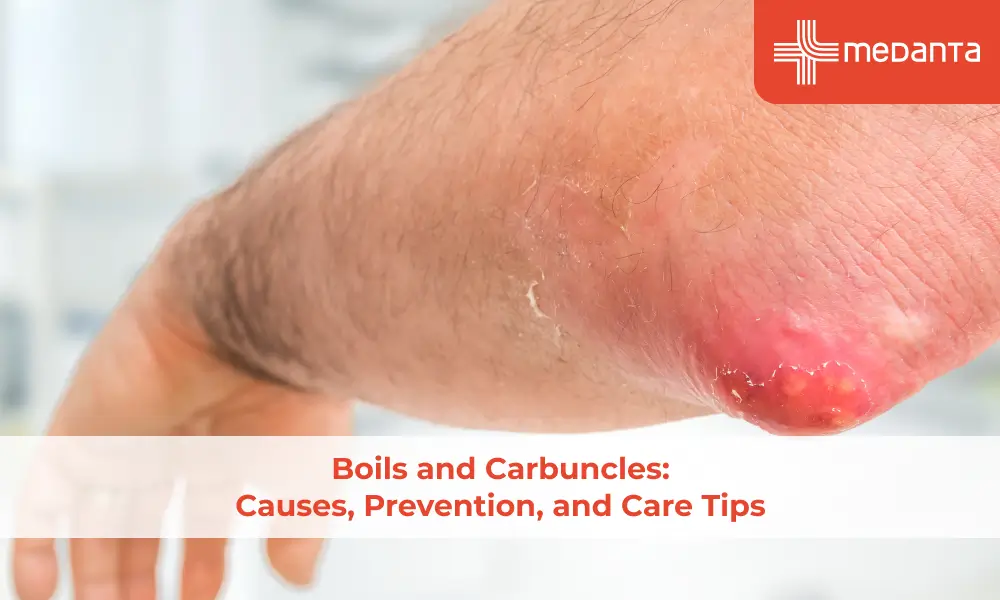Understanding Arachnoid Cysts: Symptoms, Diagnosis, and Treatment

Arachnoid cysts are liquid sacs that develop on the arachnoid layer that surrounds the brain and spinal cord. The dura mater, arachnoid, and pia mater are the three membranes that protect these areas in the central nervous system.
Arachnoid cysts manifest themselves on the arachnoid membrane and may also grow into the area beneath the pia mater and arachnoid membranes (subarachnoid space).
Arachnoid cysts frequently do not result in symptoms (they are asymptomatic). Headaches, seizures, and an abnormal buildup of extra cerebrospinal fluid are among the symptoms that are frequently seen in the brain (hydrocephalus). Arachnoid cysts' precise origin is uncertain. The location of an arachnoid cyst determines its classification.
Symptoms:
Some arachnoid cysts, especially those that are tiny, do not produce symptoms. Depending on the cyst's size, location, and whatever structures it is compressing, symptoms might appear at any time. Many symptoms start in early childhood.
- The following signs and symptoms might occur if the cyst is formed in the brain:
- Headache
- Nausea and vomiting
- Hydrocephalus
- Seizures
- Issues with hearing, vision, and balance
- Delays in development
- Cognitive dysfunction
- Hemiparesis
- Ataxia
- The spinal cord or nerve roots may be compressed by an arachnoid cyst. It may result in symptoms like:
- Backache
- Leg progressively becoming weaker
- Balance issues
- Scoliosis
- Muscular stiffness and spasm
- Muscular tremor
- Arms or legs feeling tingly or numb
- Subsequently paralysed legs (paraplegia)
- Infection of the urinary tract (UTI)
Alarming factors:
Arachnoid cysts often develop during birth (primary arachnoid cysts). Early on in a pregnancy, they often develop in the uterus. Healthcare professionals are unsure of what gives rise to arachnoid cysts.
Doctors believe that since arachnoid cysts can run in families, heredity may be to blame for their occurrence. Arachnoid cysts may be more common in people with particular medical problems, like arachnoiditis or Marfan syndrome.
Arachnoid cysts seldom develop following some type of juvenile head trauma, including a brain injury, surgery, or infection. Providers refer to them as secondary arachnoid cysts when this occurs.
Diagnosis:
Arachnoid cyst symptoms may overlap with those of other illnesses. Your doctor will inquire about your medical history if you or your child exhibits signs of an arachnoid cyst. Depending on your symptoms, they could suggest certain tests.
To identify an arachnoid cyst, your doctor will perform a brain MRI or CT scan. The location and size of the cyst are also revealed by these tests, which will aid your doctor in devising a treatment plan.
Brain surgery is used to treat arachnoid cysts in patients. Depending on how bad the cyst is and how it damages your brain or spine, a certain kind of surgery will be performed. To alleviate pressure on the neighboring tissue, the cyst's fluid must be drained.
Treatment:
The major objectives of arachnoid cyst therapy are fluid drainage and pressure reduction. Numerous treatments may be used to achieve this:
- Craniotomy: The surgeon for your child may advise a craniotomy (the surgical opening of the skull) in order to fenestrate the cyst wall and guarantee the normal supply of cerebrospinal fluid.
- Shunt: Another method for treating an arachnoid cyst is shunting. A tube is inserted into the cyst by the surgeon, and it stays in place while allowing the fluid to flow away and be absorbed somewhere else in the body.
Prognosis:
When arachnoid cysts continue to grow or bleed into the brain or spinal cord, they can harm the brain or spinal cord permanently and severely impair neurological function. With therapy, symptoms often disappear or become better.
Conclusion:
Arachnoid cysts frequently don't need to be treated and don't raise any issues. But to keep an eye out for any alterations in the cyst, a doctor should do routine checks on them. If an arachnoid cyst is producing symptoms, surgery may be necessary to drain or excise it. However, many arachnoid cysts are asymptomatic and don't need to be treated. There are numerous therapies available for cysts that do produce symptoms. Some of them just need a short amount of recuperation time because they are less invasive. In most cases, symptoms improve following therapy. If someone in your family has had an arachnoid cyst, let your doctor know. See your doctor as soon as you can if you have symptoms of an arachnoid cyst. Your long-term prognosis is enhanced by the early detection and treatment of an arachnoid cyst.






